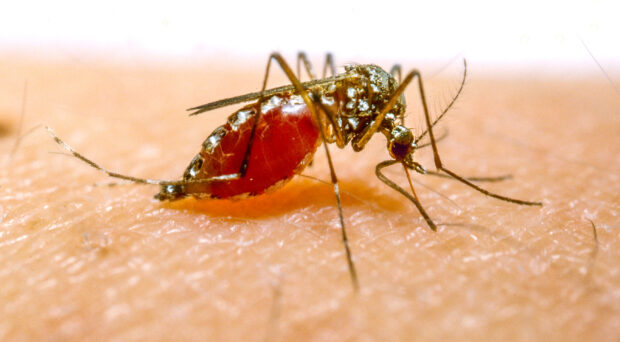
Last March, I wrote about the Asian tiger mosquito, or Aedes albopictus, an invasive species of mosquito that has appeared in southern Europe, including Spain, and a vector for avian parasites. Today, I’ll be talking about a related subject, the recent reappearance of Anopheles sacharovi in Italy, as reported in a Brief Report published in Parasites & Vectors, “Anopheles sacharovi in Italy: first record of the historical malaria vector after over 50 years” by Raele et al.
Some background: Anopheles sacharovi is a member of the Anopheles maculipennis complex. What does that mean, a complex? It is a set of mosquito species morphologically indistinguishable from each other (for an example, see here).
Historically, Anopheles sacharovi served as an important (though not the only) vector for malaria in the region, up until its eradication in the 1960s due to environmental changes. And a few years after that, the WHO declared Italy to be malaria free in 1970.
However, other vectors of malaria remained in the region, such as other members of the An. maculipennis complex. Therefore, in 2022, the Italian Ministry of Health funded research “to monitor the presence and the extent of An. maculipennis complex mosquitoes in Apulia and Basilicata territories” (Raele et al.), two areas in southern Italy which were historically habitats for these mosquitoes. This study found only one Anopheles specimen in a horse stable, and following molecular analysis it was identified as Anopheles sacharovi.
As a result, in September of last year, Raele et al. extended the investigation to ten other sites relatively near the stable. These spots were chosen because of their proximity to marshes, lakes, or brackish waters–potential breeding sites–and animal farms. They collected the adult specimens using a variety of traps, while the larvae were obtained with dippers. The mosquitoes were then morphologically identified.

So, what did Raele et al. find?
Six of the eleven sites had Anopheles specimens, and of the 20 An. maculipennis they collected (of which 7 were adults, 10 larvae and 3 pupae), all were identified as An. sacharovi by using ITS-2 sequencing, confirming the presence of the species in the Apulia and Basilicata territories.
How could these mosquitoes reappear? Could climate change have played a role? (Readers interested in the potential effects of climate change can check out another blog I wrote last summer.)
That might be part of it, but as An. sacharovi historically inhabited these regions, there are probably other more important factors. As reported in The Times, “Jo Lines, from the London School of Hygiene and Tropical Medicine, said that the spread of the mosquito probably had more to do with habitat changes, including in the brackish water where this species has its larval stage, than climate change.”
He continued: “The world sees big headlines about the effects of global warming on malaria vectors and malaria, but actually local man-made changes — landscape, environmental, even lifestyle — are a far more important factor.”
So, what now? Do the people in those regions need to be concerned?
No, though we shouldn’t rest on our laurels, either. Raele et al. write “Although vector densities do not currently appear to be epidemiologically relevant enough to pose a health threat, the conditions for a renewal of transmission in several Mediterranean countries still exist as reported in Greece, and the occurrence of foci of introduced malaria (in particular by P. vivax) in some regions of our country should not to be underestimated.”

Comments